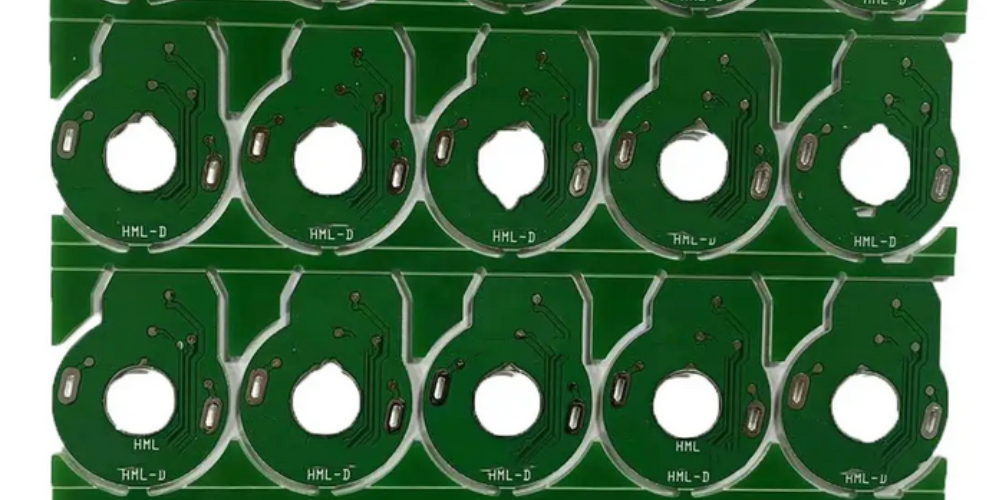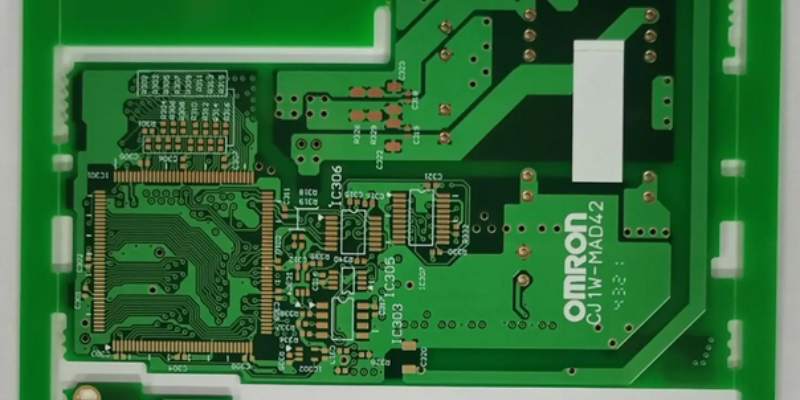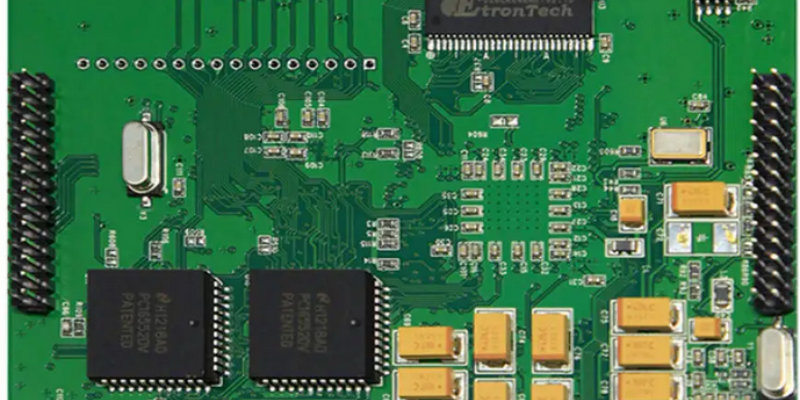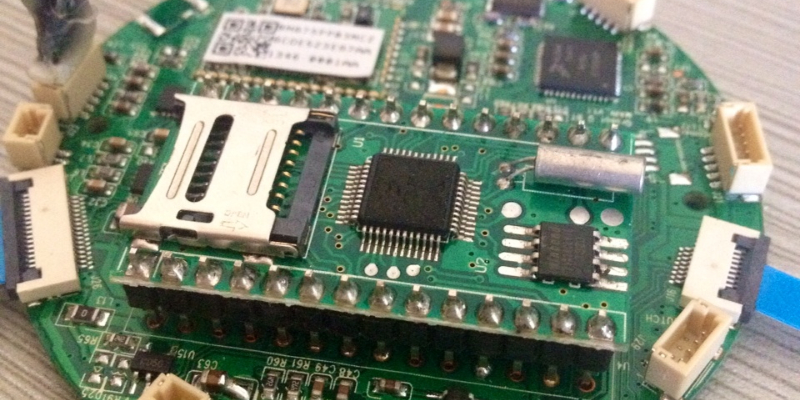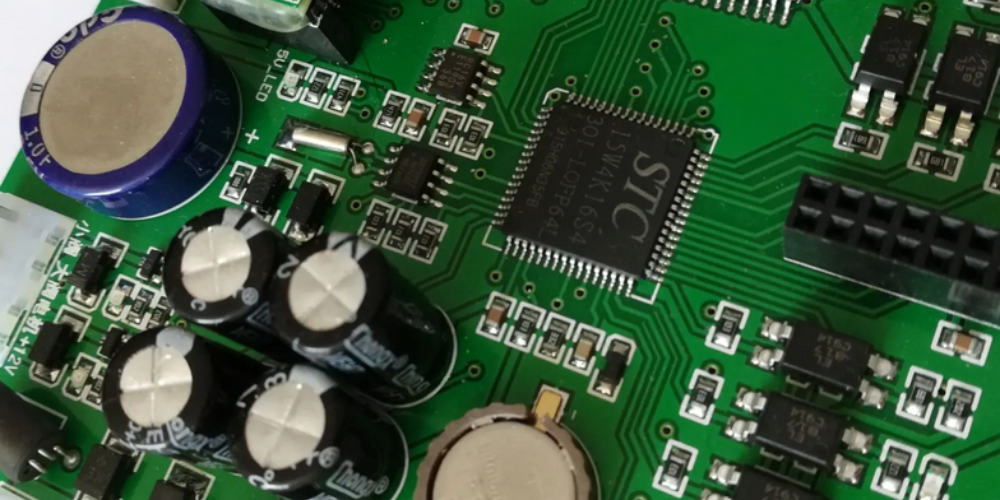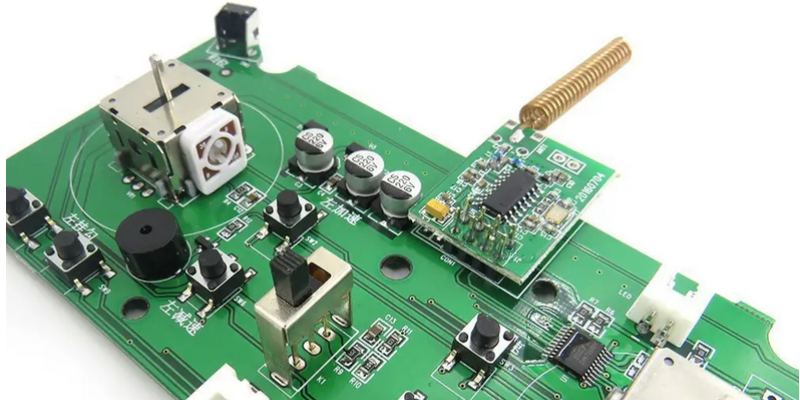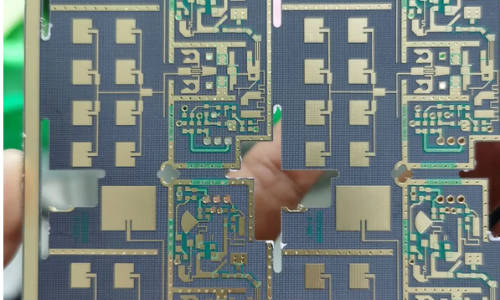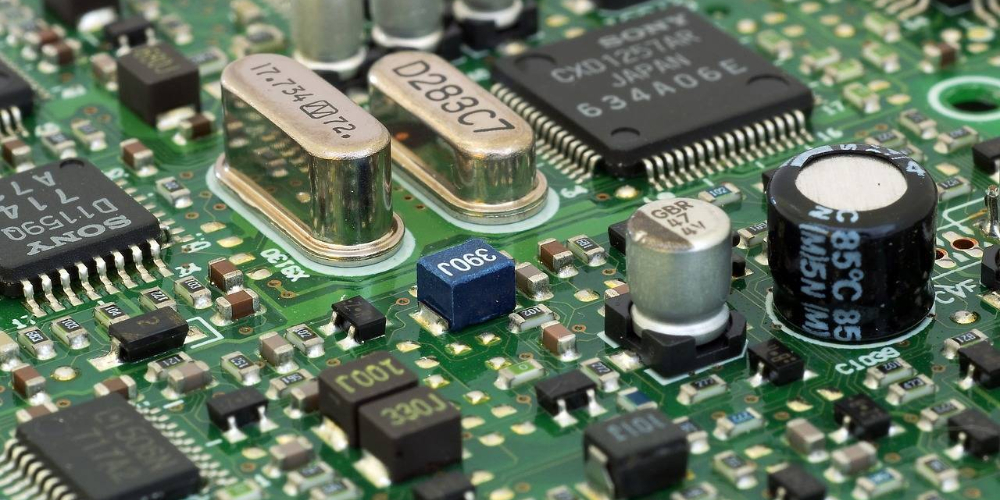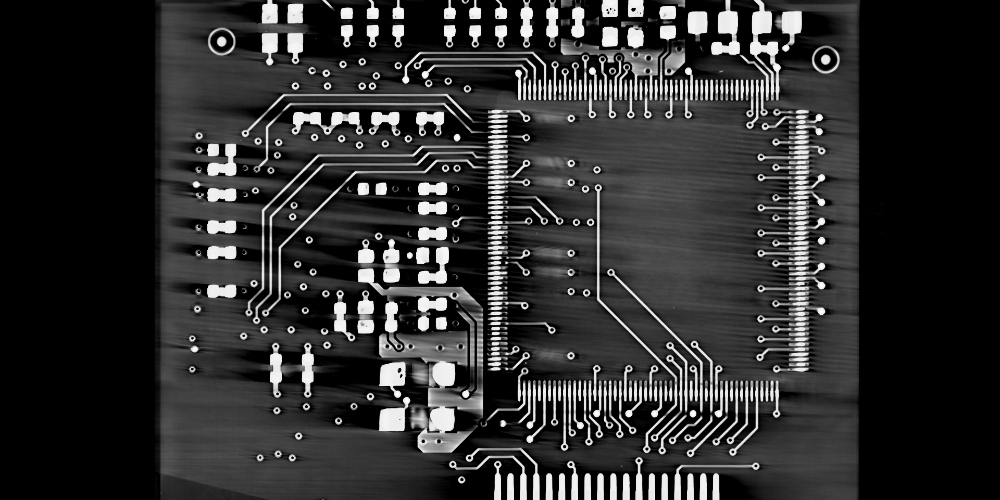PCB line open, short circuit is the PCB manufacturers almost every day encounter the problem, has been plagued by production, quality management personnel, it caused by the number of insufficient shipments and replenishment, delivery delays, customer complaints, is more difficult to solve the problem of the industry. Ltd. has many years of practice in production, quality, technology and cost control, for PCB open, short circuit problems have accumulated some experience in improving the text is formed to summarize, I hope that we can discuss for your reference.
First of all, we will cause the main reasons for the PCB open circuit summary categorized as follows:
Causes of the above phenomenon analysis and improvement methods are categorized as follows:
A. Open circuit caused by the exposed substrate:
1、Copper clad board is scratched before it goes into storage;
2, copper clad board in the process of opening material was scratched;
3, copper clad board in the drilling process was scratched by the drill nozzle;
4, copper clad board in the transfer process was scratched;
5、The surface copper foil is touched due to improper operation when stacking the board after sinking copper;
6、The surface copper foil of the production board is scratched when it passes through the horizontal machine.
Improvement methods:
1, copper clad board in the warehouse before the IQC must carry out random inspection, check whether the board surface is scratched to reveal the base material phenomenon, if there should be timely contact with the supplier, according to the actual situation, to make the appropriate treatment.
2, copper laminate in the process of opening material is scratched, the main reason is the presence of hard sharps on the table of the open machine, open material when the copper laminate and sharps abrasion caused by copper foil scratches formed by the phenomenon of open base material, so the material must be carefully cleaned before the table, to ensure that the table is smooth and no hard sharps.
3, copper clad board in drilling by the drill nozzle scratch, the main reason is the spindle clamp nozzle is worn, or clamping nozzle within the debris is not clean, grasping the drill nozzle when the grip is not firm, the drill nozzle did not go up to the top, slightly longer than the length of the set drill nozzle, drilling when lifting the height is not enough, the machine moves when the tip of the drill nozzle scratches copper foil to form the phenomenon of exposed base material.
a. The chucking nozzle can be replaced by the number of times recorded by grasping the tool or according to the degree of wear of the chucking nozzle;
b. Clean the chucking nozzle regularly according to the operation procedures to ensure that there is no debris in the chucking nozzle.
4、The plate is scratched during the transfer process:
a, handling personnel lifting the board at one time too much, the weight is too large, the board in the handling is not lifted, but dragged up, causing the board corner and the board surface friction and scratched the board surface;
b, put down the board because not put neatly, in order to rearrange and push the board, causing friction between the board and the board and scratch the board surface.
5、After sinking copper, full plate plating after stacking the board due to improper operation is scratched:
After sinking copper, full plate plating storage board, because the board stacked together, there are a certain number of weight is not small, and then put down, the board angle down and coupled with a gravitational acceleration, the formation of a strong impact on the board surface, causing the board surface scratches exposed substrate.
6、The production board is scratched when passing the horizontal machine::
a, grinding plate machine baffle sometimes touch the surface of the plate, the edge of the baffle is generally uneven and favorable object projection, over the plate when the plate surface is scratched;
b, stainless steel drive shaft, due to damage into a pointed object, over the plate when the copper surface is scratched and exposed to the base material.
To sum up, for the phenomenon of scratching in the sunken copper after the base material, if the line is in the form of an open circuit or line gap to show, easy to judge; if the scratching in the sunken copper before the appearance of the base material, but also in the line, after the sunken copper and sunk on a layer of copper, the thickness of the copper foil of the line is significantly reduced, the back open, short circuit test is difficult to detect, so that customers may use because they can not withstand Excessive current and cause the line to be burned off, the potential quality problems and the resulting economic losses are quite large. Second, non-porous open circuit:
1, sunken copper non-porous;
2, non-porous caused by oil in the hole;
3, non-porous caused by excessive micro-etching;
4, non-porous caused by poor plating
5、Burning hole or dust plugging hole caused by drilling no hole.
Improvement measures:
1、Sink copper non-porosity:
a. Non-porosity caused by the rectifying agent: It is due to the imbalance or failure of the chemical concentration of the rectifying agent. The role of the whole hole agent is to adjust the electrical properties of the insulating substrate on the wall of the hole, in order to facilitate the subsequent adsorption of palladium ions, to ensure complete chemical copper coverage, if the chemical concentration of the whole hole agent is not balanced or failure, will lead to non-porosity.
b, activator: its main components are pd, organic acids, tin ions and chloride. The pore wall to have the metal palladium uniformly deposited on it is necessary to control all aspects of the parameters, so that it meets the requirements, we now use the activator as an example:
①, temperature control at 35 ~ 44 ℃, if the temperature is low caused by the palladium deposited on the density is not enough, chemical copper coverage is not complete; high temperature because the reaction is too fast, the material cost increases.
②, the concentration of colorimetric control at 80% to 100%, if the concentration is low, resulting in palladium deposited on the density is not enough, chemical copper coverage is incomplete; high concentration because of the reaction is too fast, the material cost increases.
③, in the production process to maintain the activator solution, if the degree of pollution is more serious, it will cause the palladium deposited on the hole wall is not dense, the subsequent chemical copper coverage is not complete.
c, accelerator: the main component is organic acid, is used to remove the pore wall adsorption of stannous and chloride compounds, revealing the subsequent reaction of the catalytic metal palladium. We now use accelerator, chemical concentration control in 0.35 ~ 0.50N, if the concentration is high to remove the metal palladium, resulting in incomplete coverage of the subsequent chemical copper. If the concentration is low, the removal of pore wall adsorption of tin and chloride compounds is not effective, resulting in incomplete coverage of the subsequent chemical copper.
d. The control of chemical copper parameters is the key to good or bad chemical copper coverage, taking the parameters of the potion currently used by our company as an example:
①, temperature control at 25 ~ 32 ℃, the temperature is low, the liquid activity is not good, resulting in non-porous; if the temperature exceeds 38 ℃, because the liquid reaction is fast, copper ion release is also fast, easy to cause the plate surface copper particles and rework or even scrap, then the sink copper liquid to be filtered immediately, otherwise the liquid may cause scrap.
②, Cu2+ control in 1.5 ~ 3.0g / L, Cu2+ content is low, the liquid activity is not good, will cause poor hole; if the concentration exceeds 3.5g / L, because the liquid reaction is fast, copper ion release is also fast, resulting in plate surface copper particles and rework or even scrap, so the sink copper liquid to immediately filter, otherwise the liquid may cause scrap Cu2+ control is mainly through the addition of sink copper A liquid for control.
③, NaOH control at 10.5 ~ 13.0g / L is appropriate, NaOH content is low, the liquid activity is not good, will cause poor porosity NaOH control is mainly through the addition of copper sink B liquid control, B liquid contains the liquid stabilizer, under normal circumstances A liquid and B liquid is 1:1 to add the supplement.
HCHO control in 4.0 ~ 8.0g / L, HCHO content is low, the liquid activity is not good, resulting in poor porosity, if the concentration exceeds 8.0g / L, because the liquid reaction is fast, the release of copper ions is also fast, resulting in plate copper particles and rework or even scrap, so the copper sink solution to be filtered immediately, otherwise the liquid may cause scrap. HCHO control is mainly through the addition of copper sink C liquid for Control, A liquid also contains HCHO composition of the liquid, so add HCHO, first calculate the amount of HCHO concentration increase when supplementing A liquid.
⑤, sink copper load control at 0.15 ~ 0.25ft2 / L, the load is low, the liquid activity is not good, resulting in poor porosity; if the load exceeds 0.25ft2 / L, because the liquid reaction is fast, copper ion release is also fast, resulting in plate surface copper particles and rework or even scrap, so sink copper liquid to be filtered immediately, otherwise the liquid may cause scrap. Production of the first cylinder plate must be used to drag the copper plate, the activity of the copper sink solution to activate the reaction of the subsequent copper sink products, to ensure the density of chemical copper in the hole and improve coverage.
Suggestions: In order to achieve a balance and stability of the above parameters, the sink copper cylinder to add A, B liquid, should be equipped with an automatic filling machine to better control the chemical composition; at the same time, the temperature also uses automatic control devices to make the sink copper line solution temperature in a controlled state.
2, hole residual wet film oil caused by non-porous:
a, screen printing wet film when printing a plate scraped once the bottom of the screen, to ensure that the bottom of the screen no oil pile phenomenon exists, under normal circumstances there will be no hole residual wet film oil phenomenon;
b, screen printing wet film when the use of 68 to 77T screen, if the wrong screen, such as ≤ 51T, the hole may leak into the wet film oil, the development of the oil in the hole may not be clean, the plating will not be plated on the metal layer and caused by non-porous. If the mesh is high, it is possible that the ink thickness is not enough, and the anti-coating is broken by the current when plating, causing a lot of metal spots between the circuits or even lead to short circuit.
3、Roughening excessive caused by non-porosity:
a, before the line if the use of chemical roughening plate, the temperature of the roughening solution, concentration, roughening time and other parameters to control, otherwise it is possible that the plate plating hole copper thickness is thin, can not withstand the copper dissolving force of the roughening solution and caused by non-porosity.
b. In order to strengthen the bonding force between the plating layer and the base copper, the plating pre-treatment should be chemically roughened before plating, so the temperature, concentration, roughening time and other parameters of the roughening solution should be well controlled, otherwise it may also cause the problem of non-porosity.
4、Plating non-porosity: a. The thickness of the plating is large:
a, plating when the thickness of the diameter is relatively large (≥ 5: 1), there will be bubbles in the hole, this is because the vibration force is not enough to make the air escape from the hole, it is also impossible to achieve ion exchange, so that the hole is not plated with copper / tin, etching the hole when the copper etched off will cause non-porosity.
b, the thickness of the diameter is relatively large (≥ 5: 1), electroplating pretreatment due to oxidation in the hole is not clean, electroplating will appear to resist the plating phenomenon, no copper / tin plating or plating on the copper / tin is very thin, etching can not resist the effect of corrosion caused by the hole of copper etched off and caused by non-porosity.
5、Drill nozzle burn hole or dust plugging hole non-porous
a, drilling nozzle life is not set, or the use of the drill nozzle wear is more serious, such as gap, not sharp, drilling due to friction and too much heat, resulting in hole wall scorching can not cover the chemical copper and cause no hole.
b. The suction power of the vacuum machine is not big enough, or the engineering optimization is not done well, and the hole is clogged with dust when drilling, which causes non-porosity due to not sinking on copper when chemical copper is used.
